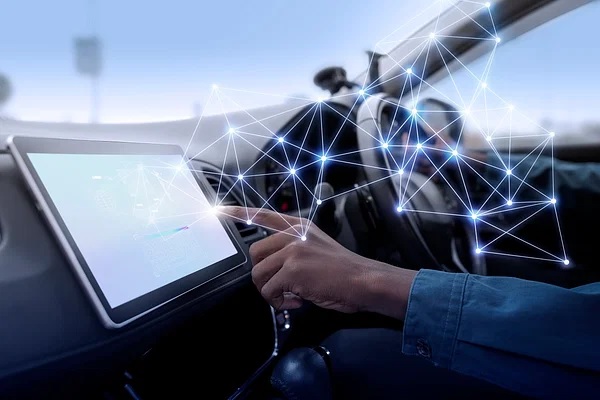Autonomous vehicles, also known as self-driving cars, are quickly becoming a reality. With the rapid advancements in technology and the increasing demand for eco-friendly transportation options, autonomous vehicles are poised to revolutionize the way we travel.
What are Autonomous Vehicles?
Autonomous vehicles use a combination of sensors, cameras, and software to navigate the roads without human intervention. These vehicles can detect and respond to their surroundings, making decisions based on the information they receive.
There are different levels of autonomy, ranging from Level 0 (no automation) to Level 5 (fully autonomous). Currently, most autonomous vehicles are at Level 2 or 3, meaning they require some level of human intervention.
Benefits of Autonomous Vehicles

- Safety: Autonomous vehicles are expected to significantly reduce the number of accidents caused by human error. According to the National Highway Traffic Safety Administration, 94% of accidents are caused by human error.
- Efficiency: Autonomous vehicles are expected to reduce traffic congestion and improve fuel efficiency by optimizing routes and reducing unnecessary stops and starts.
- Accessibility: Autonomous vehicles can provide transportation options for individuals who are unable to drive due to age, disability, or other factors.
- Productivity: With autonomous vehicles, individuals can use their commuting time for work or other activities, increasing productivity.
Challenges and Concerns
Despite the many benefits of autonomous vehicles, there are also several challenges and concerns that must be addressed.
- Technology: The technology behind autonomous vehicles is still evolving, and there are concerns about the reliability and safety of these vehicles.
- Regulation: There are currently no federal regulations in place for autonomous vehicles, and it is unclear how these vehicles will be regulated in the future.
- Infrastructure: Autonomous vehicles require advanced infrastructure, such as high-speed communication networks and updated road systems, which may take time and resources to implement.
- Privacy and Security: Autonomous vehicles collect and store a significant amount of data, raising concerns about privacy and security.
The Future of Transportation
Despite the challenges and concerns, the future of transportation with autonomous vehicles looks promising. As technology continues to evolve, autonomous vehicles are expected to become safer, more efficient, and more accessible.
Autonomous vehicles have the potential to transform the way we travel, making transportation more sustainable, efficient, and accessible for all. With the right regulations and infrastructure in place, the future of transportation with autonomous vehicles is bright.





Comments